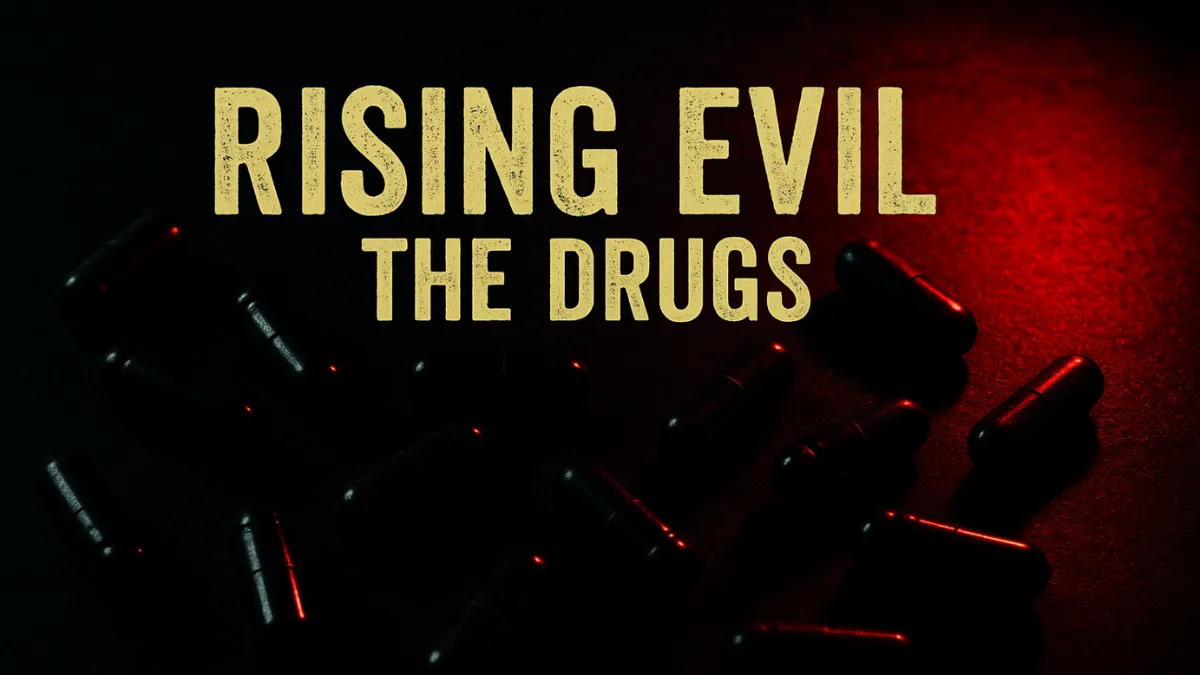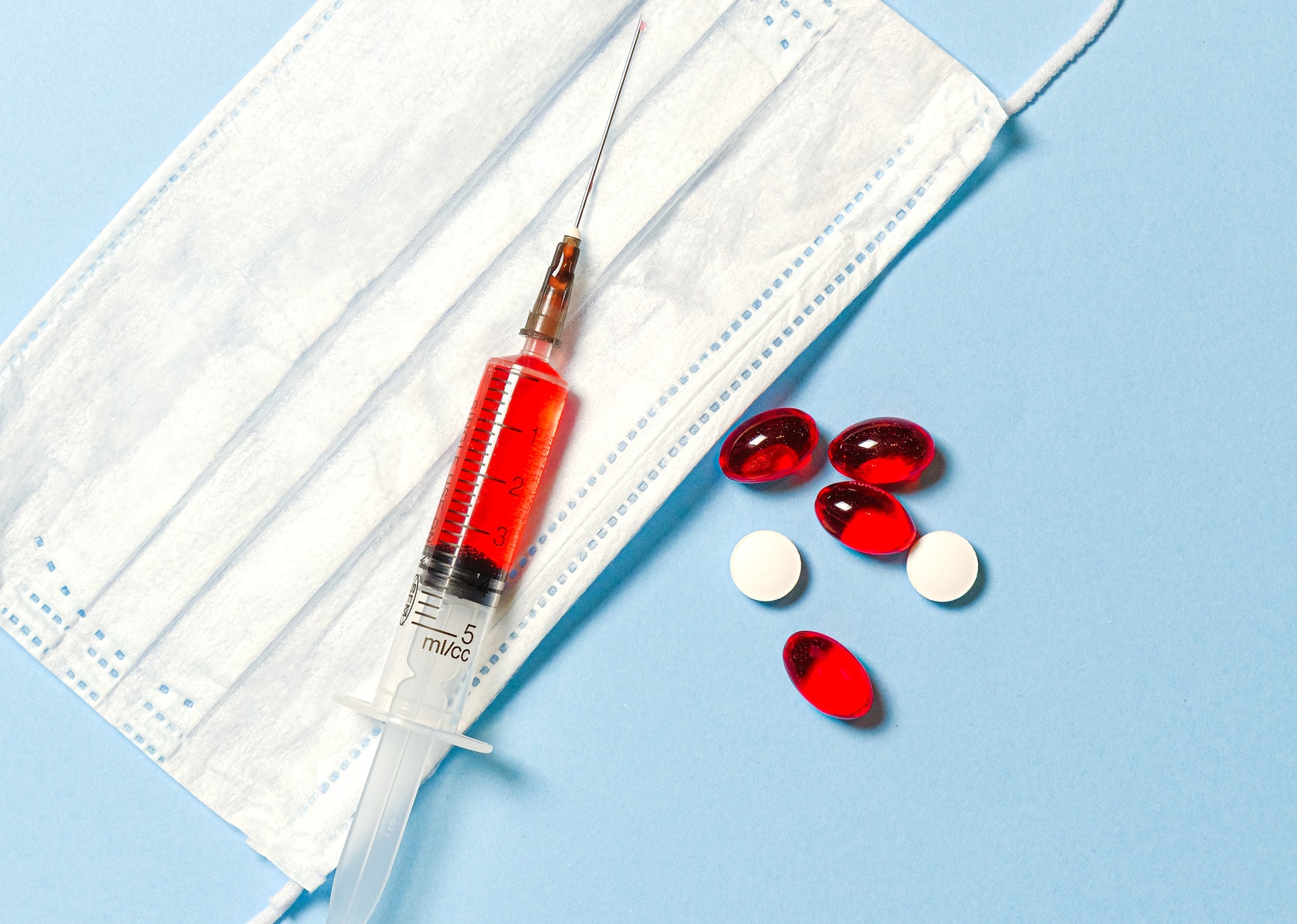Last Updated on May 18, 2025 by Nyayik Vigyan
Juvenile Delinquency is the demonstration of taking an interest in unlawful conduct as minor, it is a crime committed by kids under the period of 18 years and cannot abide by the law known as Juvenile Delinquency.
It is a combination of two words, Juvenile and Delinquent.
The word delinquency has extracted from the Latin word “Delinquere” which intends to leave or to surrender. Age group: Boy child 7 years to 16 years and Girl child 7 years to 18 years. It cannot charge any child lesser than 7 years with a crime, no matter how strong the case. Under section 82 of the Indian Penal Code 1860 (IPC), a child under the age of 7 cannot say to have committed an offence (Devgan, 2018).
According to the Juvenile Justice Act 2015, the child between the age group of 16-18 years and commit any heinous crime, it will consider as an adult crime. The treatment for juveniles and adults differs from each other. Juvenile delinquency is a colossal issue in India by which the greater part of the young ruins their lives. Because of adolescent wrongdoing and related issues, youth, their families and suffer multiple consequences. Not only does the issue influence the survivors of the crime; it likewise influences the adolescent reprobate’s family, their future, and the public. The most significant outcome of wrongdoings submitted by adolescents conveys because of financial and mental issues that think about their relatives and the public. Because of the mental issues, now and again adolescents engaged with thefts, assaults, and attacks additionally are noteworthy, with these crimes the adolescents habituate to devour liquor or other drugs. The adolescent who carries out genuine wrongdoings challenges their future to fight apparent maltreatment that has executed against them. This makes them mental despondency and thus reflects to carry out more wrongdoings. In 2003, out of all the juvenile delinquency 466 cases related to the rape case, in 2013 it has increased the number to 1737. By this, we can infer that juvenile delinquency is exploding. According to the 2016 report, the cases related to kidnapping and abduction committed by children are nearly 1485, out of which 817 cases are because of marriage.
Reasons for Juvenile Delinquency
Family: A reliable example of family risk elements relate to the improvement of reprobate conduct in youngsters. These family hazard factors incorporate an absence of appropriate parental supervision, less surveillance on the child, progressing parental clash, disregard, and misuse like emotional, psychological, or physical. Guardians who exhibit an absence of regard for the law and social standards will probably have youngsters who think. At long last, those kids that show the most vulnerable connection to their folks and families are unequivocally.
similar adolescents who take part in wrong exercises, including reprobate lead.
The misnomer is the child who doesn’t have a home or broken family they commit more crime, but according to National Crime Records Bureau (NCRB), 2016 report out of all juvenile delinquency cases only 3.5% cases are homeless child committed crimes (Phogat, 2017).
Lack of Finances: Youthful or grown-up, may prompt an off-base way to improve their budgetary conditions.
Adolescents become adolescent delinquents because of the absence of accounts. At the point when they experience poor financial conditions, they take part in an inappropriate exercise. To become rich in a short time, they may begin selling drugs or take things to improve their monetary conditions and to gain maximum pleasure.
Societal: As the kid develops more established, the individual in question goes into the neighborhood and turns into an individual from the playgroup or companion gathering. That by chance he joins the gathering or the posse that cultivates reprobate mentalities he is additionally liable to turn into a reprobate. Much wrongdoing springs up from the pervasive mentalities in the gatherings inside which the adolescent has quick contacts. That is why it maintained that “delinquency is a product of community forces”
Others: Because of lack of education, we need to get that; it is uncommon that a youngster would have the choice to recognize good and bad.
According to the NCRB report, the child above 16 years nearly 45% have taken their primary education but they have not cleared their matriculation. By this, we can conclude that lack of education is also a reason for juvenile delinquency (Bedi, 2019).
Poverty: It is one of the significant purposes behind juvenile delinquency, a huge extent of reprobate youngsters originates from poor homes. It is notwithstanding how not recognized by proficient understudies of adolescent misconduct; the vast majority of delinquents originate from the lower class. They submit their offences as an individual from packs. Poverty compels sometimes both of the guardians to be outside the home for a very extensive stretch to gain their everyday bread, to full fill basic needs, hunger. They will neglect the youngsters. Such youngsters may deliberately or unwittingly hold hands with hoodlums and become delinquents. This occurs in slum zones and regions in which most regular workers individuals live.
Preventive Measures
- Any juvenile crime, how small or big it is, the child is not the one to blame; it is surrounding there could be many reasons but not the child. When it is not the child, making a strict law will not bring change and will not stop juvenile delinquency. Because it is a social problem.
- Adolescent misconduct is one that has drawn the consideration of Indian society too. It realized that the reprobate kid today may end up being an interminable criminal tomorrow. Conversations, discussions, and studies have made at the national and international levels by researchers to search out a viable solution for this issue.
- I have recommended two strategies to manage this issue: Preventive strategy, and Rehabilitation (Kashishmathur, n.d.).
- Juvenile Delinquency is exploding, the number of child house, child court, rehabilitation centre has to increase.
- The Borstal home will take children below 15 years, it has to accept children from 15 to 18 years as well because the maximum crime committed by children comes under the age of 15-18 years.
- Integration of NGO with Self-Help group and proper Rehabilitation.
- In child court, the judges have to take from criminology, sociology, psychology background.
- Establishment of Child Advice Centre in Slum areas.
- Keep children away from sexual content.
References
- Bedi, A. (2019, October 24). The Print. Retrieved from Juveniles Crime: https://theprint.in/india/educated-juveniles-crimes-more-illiterate-ones-2017-ncrb/310527/
- Chatterjee, D. (2018, November 17). Juvenile Delinquency in India – A Legal Analysis – By Debalina Chatterjee. Retrieved from Legal Bites: https://www.legalbites.in/juvenile-delinquency-india-legal-analysis/
- Devgan, R. (2018, August 15). IPC Section. Retrieved from Devgan.in: https://devgan.in/ipc/section/82/
- Kashishmathur. (n.d.). Juvenile Delinquency in India Causes and Prevention. Retrieved from Legal Service India: http://www.legalserviceindia.com/legal/article-1724-juvenile-delinquency-in-india-causes-and-prevention-.html
- Phogat, K. (2017). Juvenile Delinquency in India Causes and Prevention. Journal of Advances and Scholarly Researches in Allied Education, 5.
Author: Afrozulla Khan Z
 He has completed Masters in Criminology & Forensic Science; he is a Certified Cyber Warrior, self-taught Cyber-Crime Investigator, and Researcher.
He has completed Masters in Criminology & Forensic Science; he is a Certified Cyber Warrior, self-taught Cyber-Crime Investigator, and Researcher.
He has published research and review papers in peer review International Forensic Science Journals. He serves as a Research paper reviewer of the International Journal of Forensic Sciences (IJFSC), and Editorial Board Member for the Journal of Forensic Sciences and Criminal Investigation (JFSCI)
He developed two android applications called “Forensic Science” and “Forensic Science News and Info” and both the apps are available in Google Play Store.
Disclaimer: This article has been published in Forensic Science Application, NVAFRCI, 1(1):2020












Leave a Reply